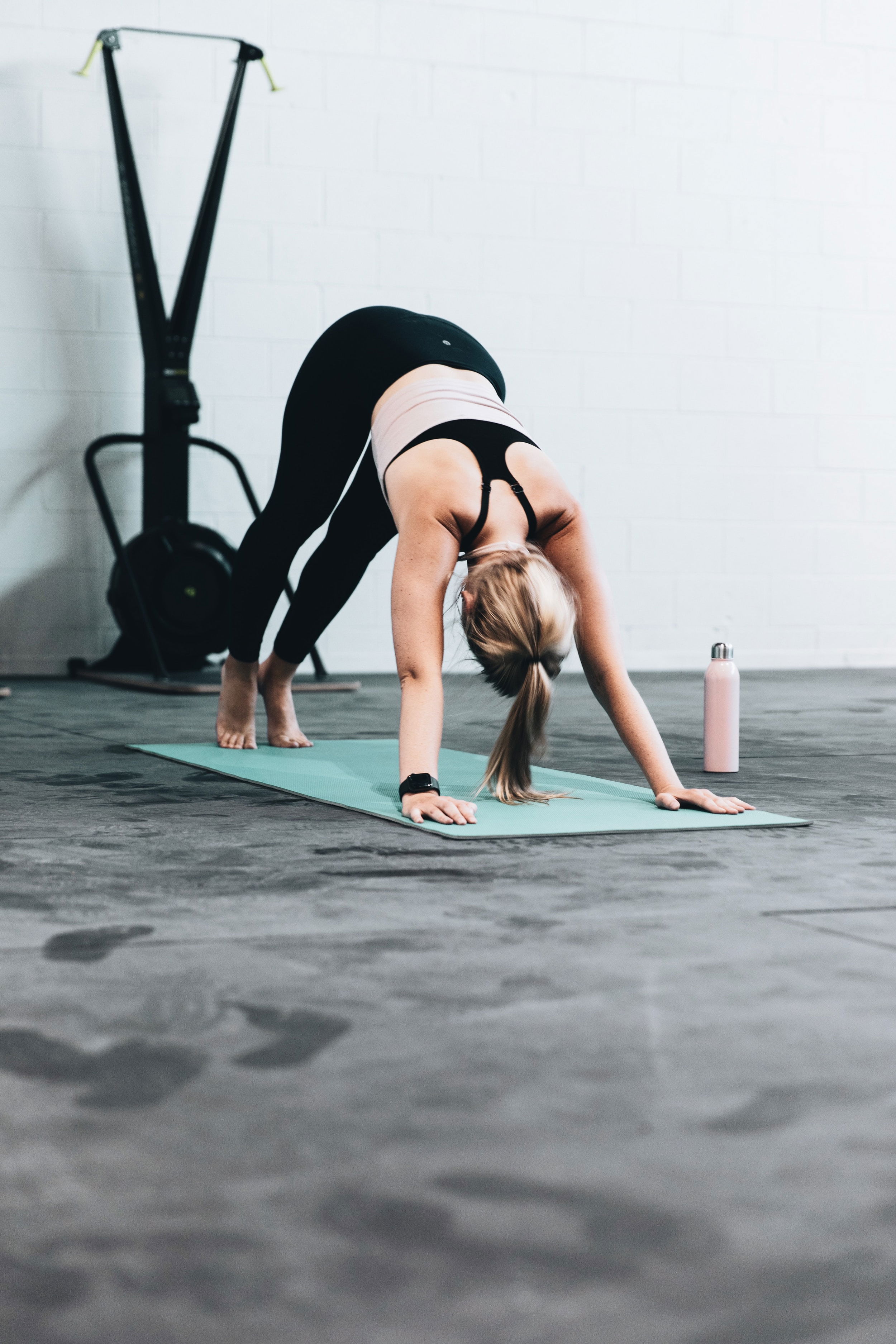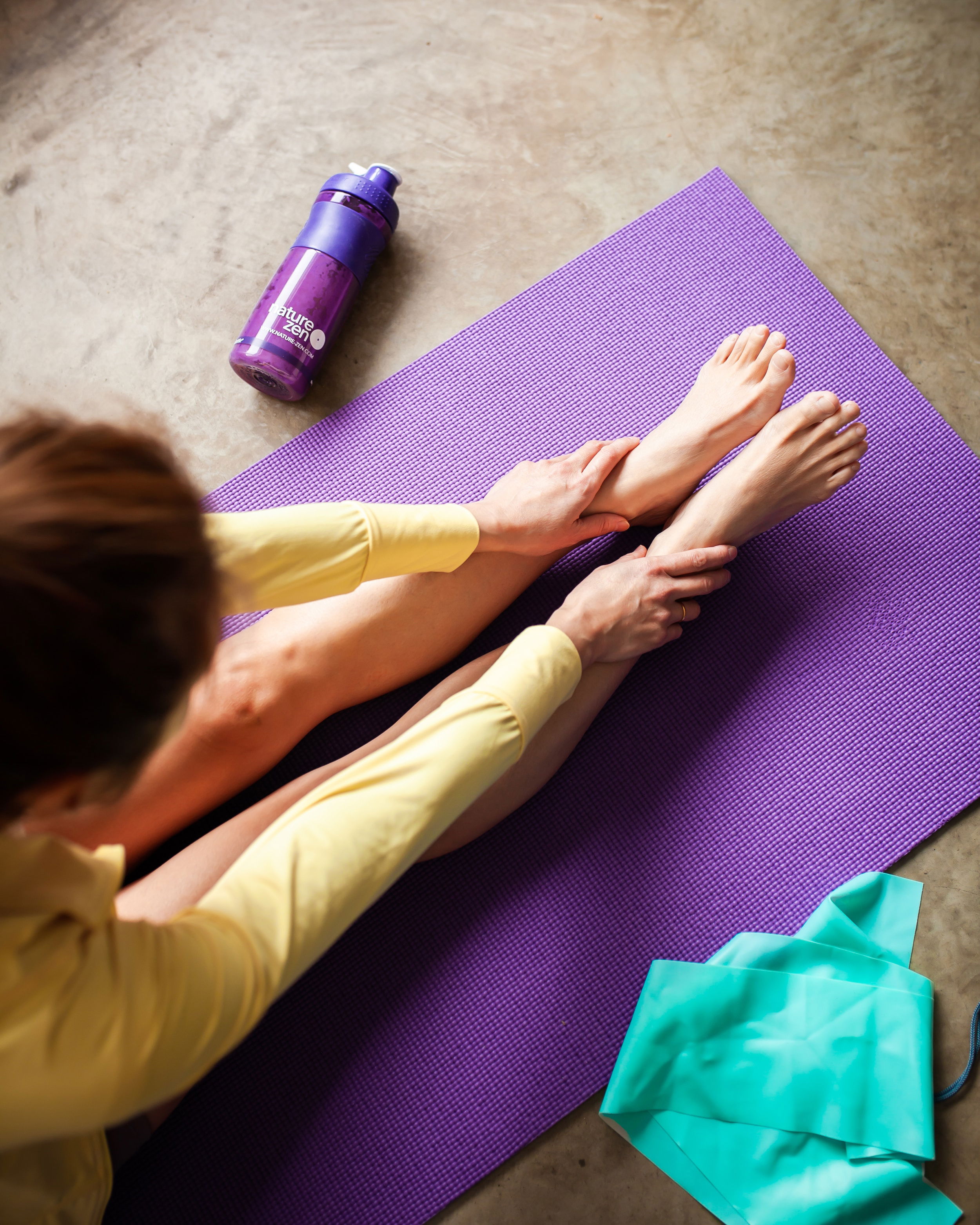The Power of Stretching: How to Improve Flexibility and Prevent Injury
Stretching is an essential component of any fitness routine, yet it is often overlooked or rushed through. Many people focus on cardiovascular workouts or strength training, neglecting the benefits of incorporating stretching exercises into their daily regimen. However, stretching plays a crucial role in improving flexibility, preventing injuries, and enhancing overall physical performance. In this comprehensive article, we will explore the power of stretching, the different types of stretches, and how you can incorporate stretching into your daily routine to reap its numerous benefits.
The Benefits of Stretching
Improved Flexibility: Stretching helps to lengthen and elongate muscles, leading to increased flexibility and range of motion in the joints.
Injury Prevention: Regular stretching can reduce the risk of injuries by preparing the muscles for physical activity and promoting better body alignment.
Reduced Muscle Tension: Stretching can alleviate muscle tightness and tension, reducing discomfort and promoting relaxation.
Enhanced Athletic Performance: Increased flexibility and mobility can lead to improved athletic performance in various sports and physical activities.
Better Posture: Stretching can help correct postural imbalances and promote better alignment of the spine.
Improved Circulation: Stretching increases blood flow to the muscles, delivering more oxygen and nutrients to support muscle function.

Types of Stretches
There are two primary types of stretches: static stretching and dynamic stretching.
Static Stretching:
Static stretching involves holding a stretch in a stationary position for a specific duration, usually between 15 to 60 seconds. It is an effective way to increase muscle flexibility and improve overall joint range of motion. Examples of static stretches include hamstring stretches, quadriceps stretches, and calf stretches.
Dynamic Stretching:
Dynamic stretching involves moving the muscles and joints through their full range of motion in a controlled manner. This type of stretching is often used as a warm-up before physical activities, as it helps to increase blood flow to the muscles and prepare them for movement. Examples of dynamic stretches include leg swings, arm circles, and walking lunges.
Incorporating Stretching into Your Routine
To fully experience the benefits of stretching, consider incorporating the following practices into your daily routine:
Pre-Workout Warm-Up: Before engaging in any physical activity, perform dynamic stretching exercises to prepare your muscles and joints for movement.
Post-Workout Cool Down: After your workout, perform static stretches to help your muscles relax and prevent tightness.
Stretching Breaks: Take short stretching breaks during prolonged periods of sitting or working at a desk to reduce muscle tension and promote circulation.
Yoga and Pilates: Consider participating in yoga or Pilates classes, as these disciplines incorporate stretching exercises with mind-body connection.
Listen to Your Body: Be mindful of your body's limits and avoid forcing yourself into deep stretches. Gradually increase the intensity and duration of stretches over time.

Common Stretching Mistakes to Avoid
Bouncing: Avoid bouncing or jerking movements during stretching, as this can lead to injury.
Overstretching: Never push your body beyond its limits. Stretch to a point of slight tension but not to the point of pain.
Ignoring Both Sides: Always stretch both sides of the body equally to maintain balance and prevent muscle imbalances.
Skipping Warm-Up: Never skip a warm-up before stretching, as cold muscles are more susceptible to injury.
Conclusion
The power of stretching extends beyond its ability to improve flexibility; it is a fundamental practice for preventing injuries, enhancing athletic performance, and promoting overall well-being. By incorporating both static and dynamic stretches into your daily routine, you can reap the benefits of improved flexibility, reduced muscle tension, and better body alignment.
As with any exercise regimen, consistency is key. Make stretching a part of your daily routine, and listen to your body to avoid overstretching or causing injury. By embracing the power of stretching, you can enhance your physical performance, reduce the risk of injuries, and enjoy greater flexibility in your daily activities.
Sources:
- Mayo Clinic - "Stretching: Focus on Flexibility" - mayoclinic.org/healthy-lifestyle/fitness/in-depth/stretching/art-20047931
- American Council on Exercise - "Improving Flexibility" - acefitness.org/education-and-resources/lifestyle/blog/116/stretching-your-boundaries-improving-flexibility
- Harvard Health Publishing - "The importance of stretching" - health.harvard.edu/staying-healthy/the-importance-of-stretching